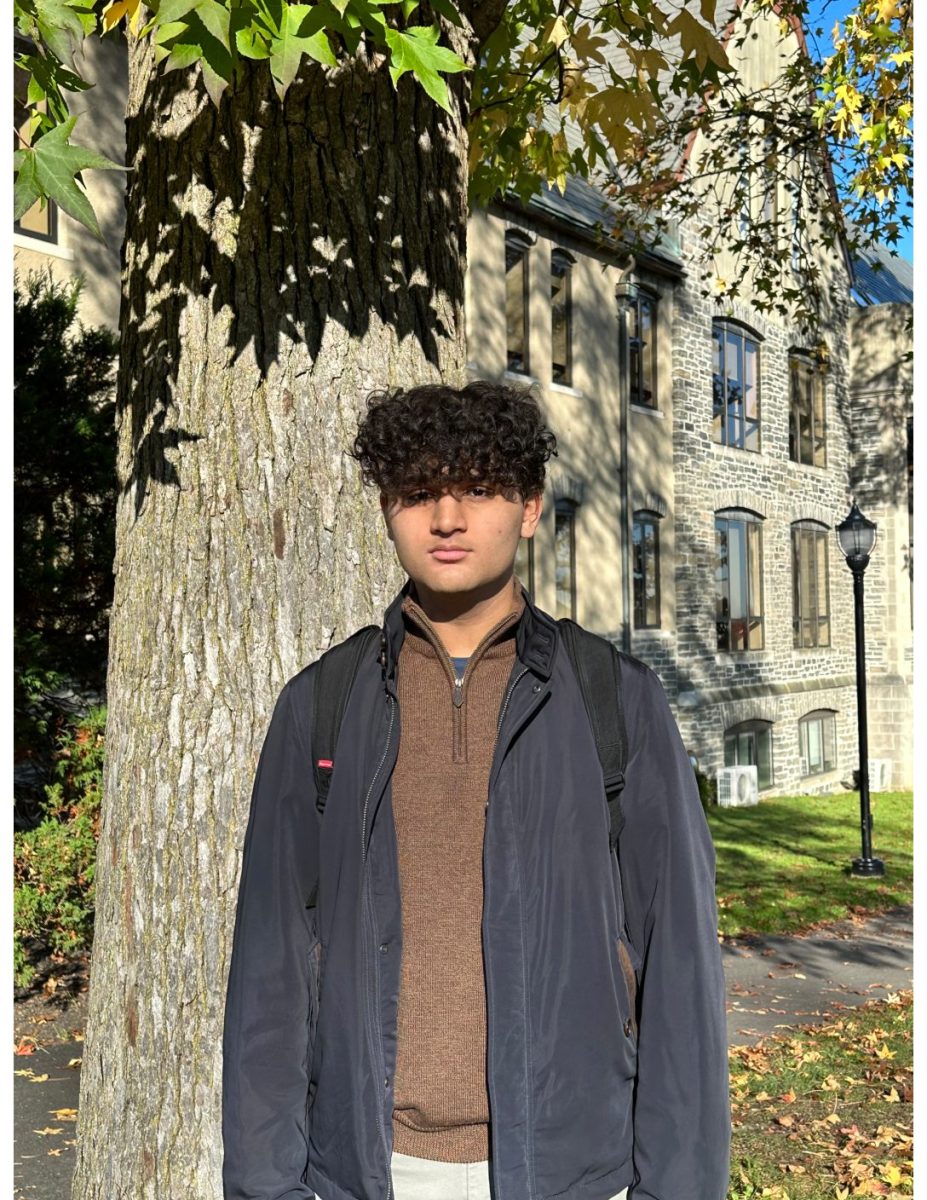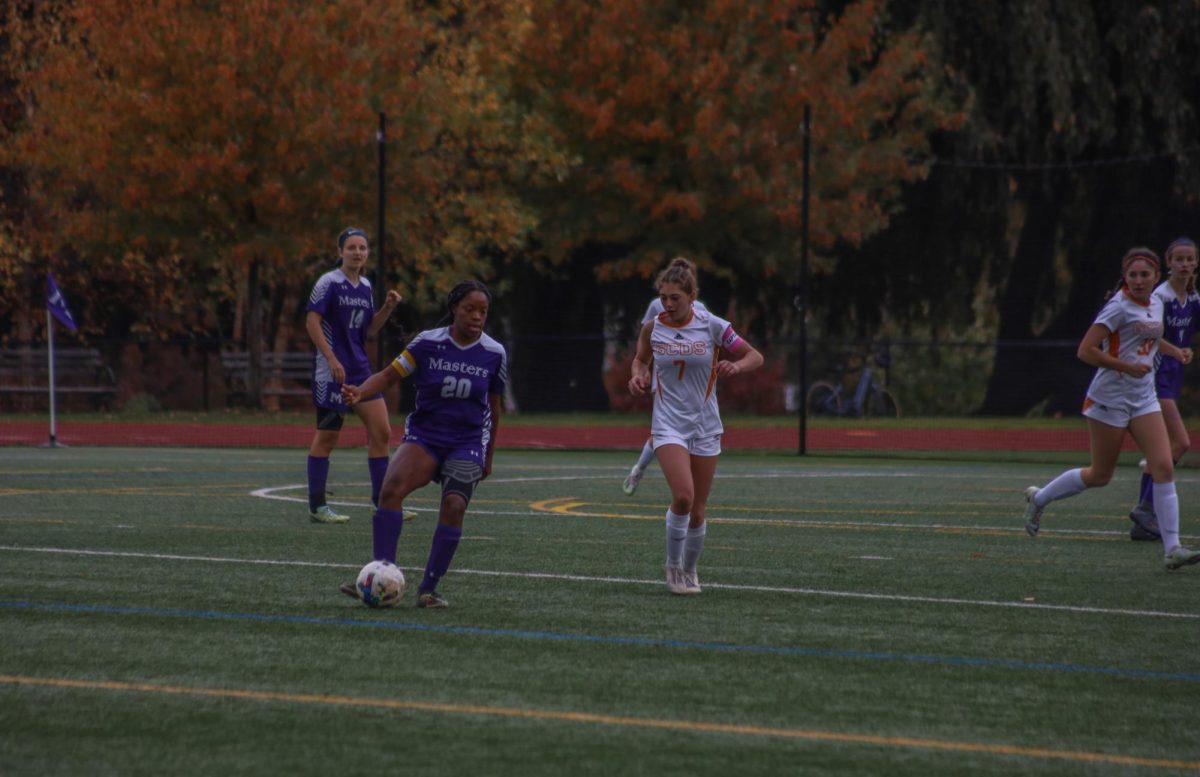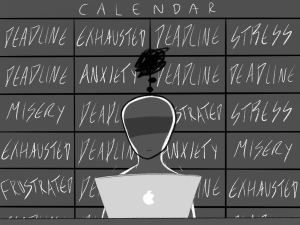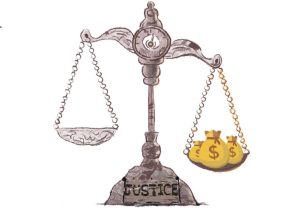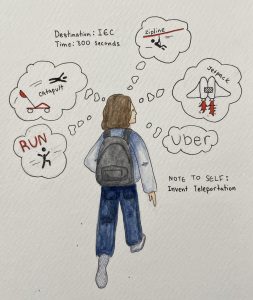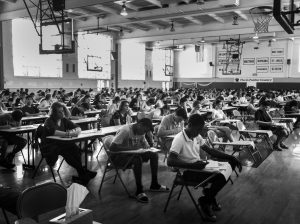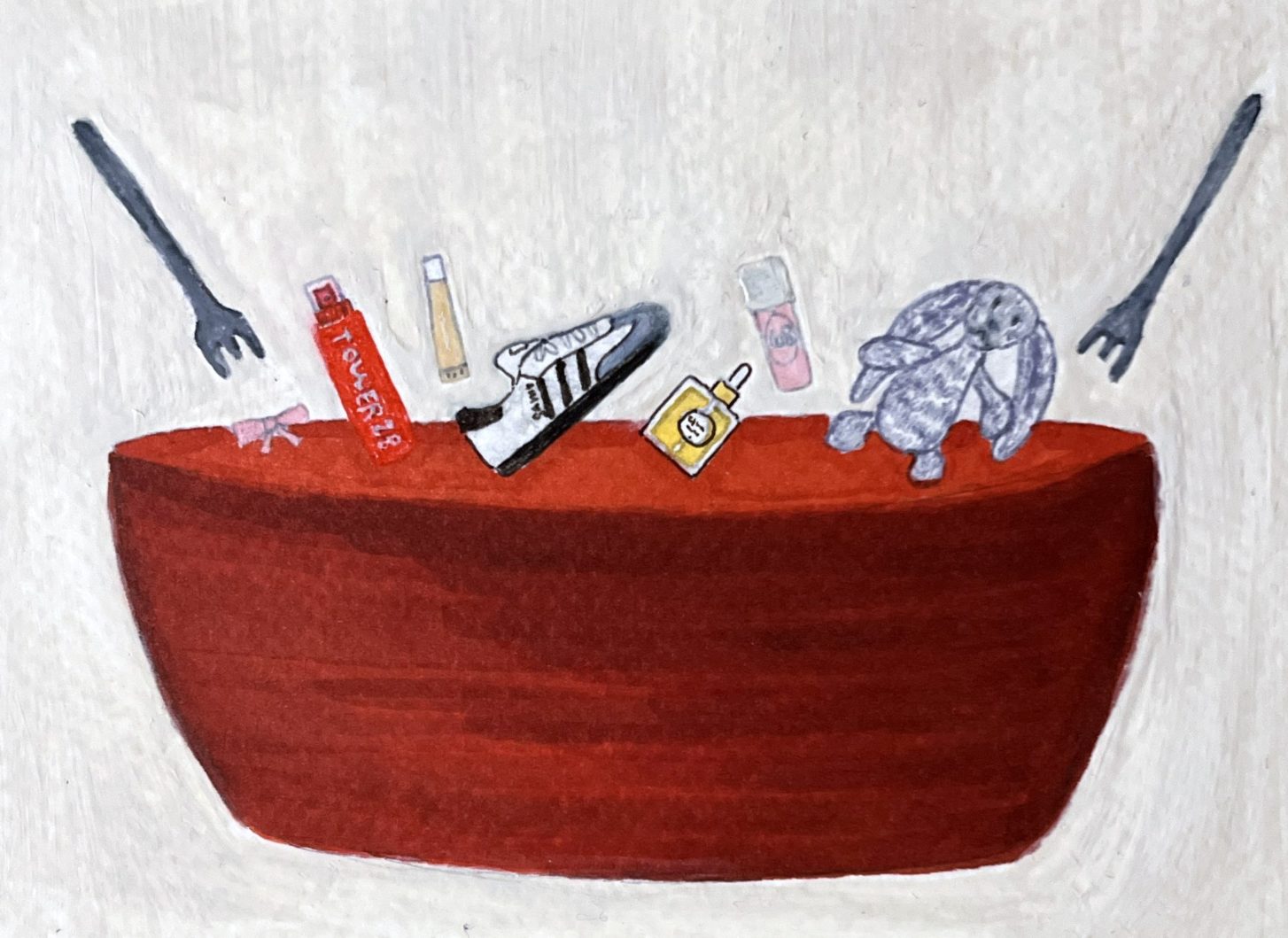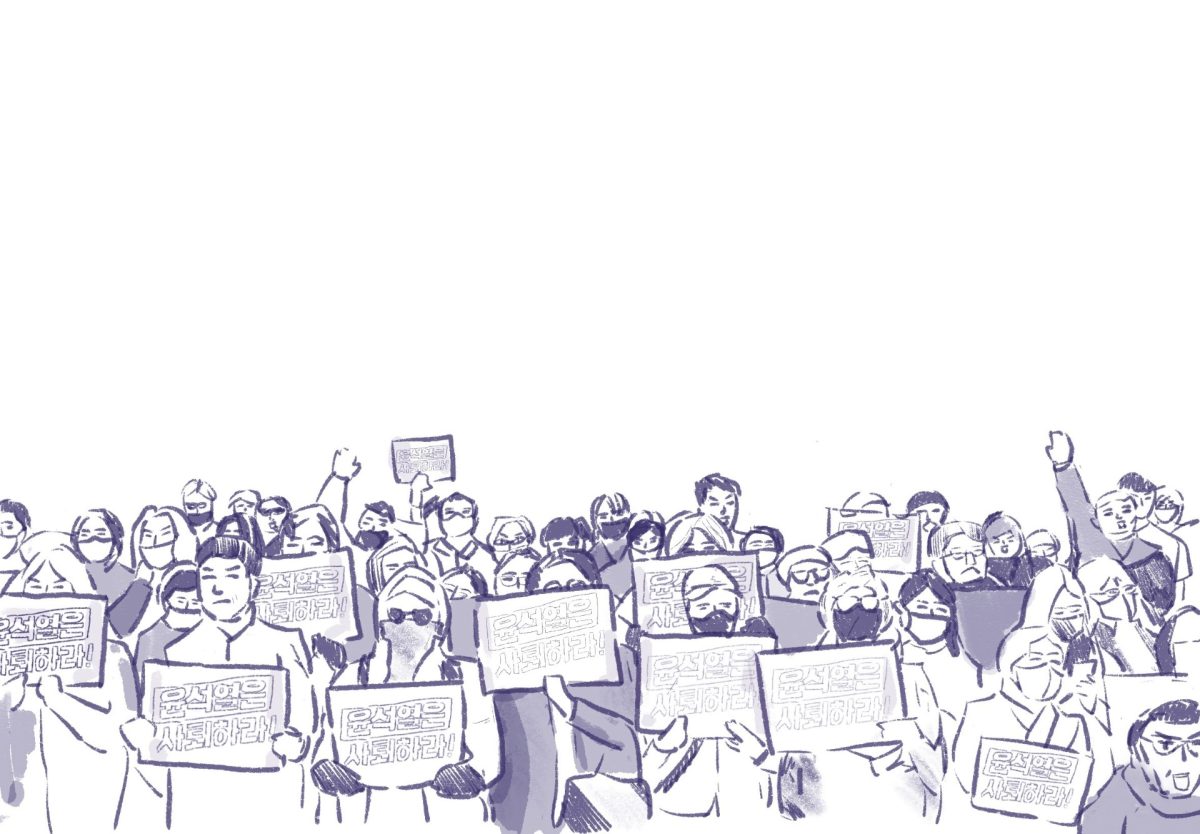The inequalities of natural disasters
April 5, 2020
Natural catastrophes – hurricanes, droughts, floods – are often seen as equal opportunity disasters by the public, affecting the rich and the poor to the same extent. But history proves the opposite: natural disasters are neither equal opportunity storms nor equal opportunity recoveries, with lower-income communities being the ones to suffer the most. Due to changing climate, natural disasters around the globe and in the U.S. have become so frequent they don’t even make it to the front pages of the newspapers anymore. While for some 2020 began with fireworks and New Year’s resolutions, for citizens of the Indonesian capital Jakarta it started with extreme rainfall that caused flooding of the city. Since then, the flood has left hundreds of thousands of people homeless and barely got any coverage in the western media. Extreme flooding has similarly occurred all around the world, in Madagascar and Brazil.
The United States is not a stranger to floods either, with historically devastating hurricanes Katrina and Harvey and recent Tropical Storm Imelda in Texas and floods in Tennessee and Alabama. National Geographic reports that in the past 100 years no natural disaster has caused more death and destruction in the U.S. than floods. Floods are a perfect example of a disaster that discriminates against the poor. While floods devastate towns and villages and leave families homeless – the public mourns – but after social media quiets down and moves on to a new big thing, there is scarcely any follow-up. How exactly does the flood discriminate against the less fortunate?
The rich can not only afford to repair their houses, but they often have a flood insurance packet that assists with a covering of the costs. In the case of Hurricane Harvey, 85% of residents of Houston were reported to have no flood insurance, which had to be purchased through a separate National Flood Insurance Program, run by the government. It then varied in cost from $500 to $2000 a year, a sum that many wouldn’t be able to afford. Another factor that disincentivized Houston residents from investing in it was the fact that only a small percentage lived in high-risk flood zones, yet 80% of the city was affected.
When insurance fails, government programs step in to help. The Road Home program was sponsored by the U.S. government and aimed to help the Louisiana residents after hurricanes Katrina and Rita. The program based its payment formula on the value of the property before Katrina, and since homes in predominantly African American communities have been valued significantly less than homes in white neighborhoods, their paycheck was smaller, despite the similar repair costs. A lawsuit was brought by two Louisiana civil rights groups and five homeowners alleging the discrimination of the program, and in 2011 the U.S. Department of Housing and Urban Development issued a multimillion-dollar settlement.
Hence, despite a popular misconception, natural disasters fall under a category of environmental justice issues. With neither insurance companies nor effective government programs on their side, disadvantaged communities around the U.S. still have to face the struggle of repairing their homes or finding new ones on their own.




